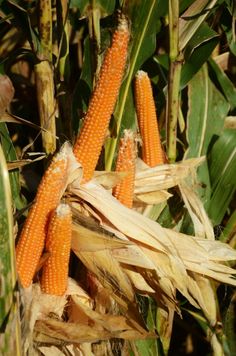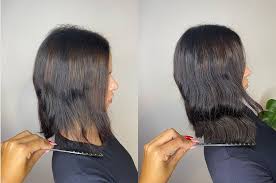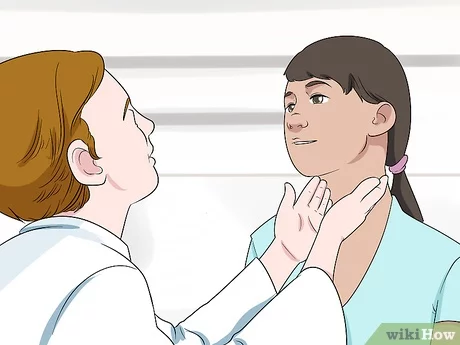How to Grow Popcorn

Introduction:
Popcorn is not only a beloved snack but also a fascinating plant to grow in your own garden. Derived from the Zea mays everta corn plant, popcorn has been enjoyed for thousands of years and offers an exciting gardening project for both new and experienced gardeners alike. In this article, we will explore the ins and outs of growing popcorn, from selecting seeds to enjoying the fruits of your labor.
1. Selecting popcorn seeds
To begin your popcorn-growing journey, you need to choose the right seeds. Look for heirloom or hybrid varieties of popcorn seeds at your local gardening center or through reputable online retailers. Be sure to avoid any genetically modified seeds, as they may not provide the most flavorful or satisfying popcorn.
2. Preparation and planting
Before planting your popcorn seeds, make sure to choose a location with well-draining soil and ample sunlight. Popcorn plants generally require full sun and well-drained soil to thrive.
Prepare the soil by tilling it to a depth of roughly 6-8 inches, incorporating compost or organic matter as needed. For optimal growth, maintain a soil pH of around 6.0-6.5.
Plant your popcorn seeds outdoors when soil temperatures reach at least 60°F (15°C), typically in late spring or early summer, depending on your climate zone. Space the seeds around 12-24 inches apart in rows that are approximately 36 inches apart.
3. Watering and fertilizing
Popcorn plants require consistent moisture throughout their growth cycle. Be sure to water them regularly, ideally providing about an inch of water per week.
Fertilize your plants with a nitrogen-rich fertilizer early in their development and again when they begin forming tassels—these tassels will later produce ears of corn containing the popcorn kernels.
4. Pollination
Unlike sweet corn varieties, popcorn plants are generally self-pollinating. However, to ensure a successful yield, it’s essential to give them the best conditions for pollination. Plant your popcorn in blocks rather than rows to facilitate wind pollination and avoid planting sweet corn varieties nearby, as cross-pollination may compromise the taste and poppability of your popcorn.
5. Harvesting popcorn
Your popcorn will be ready for harvest when the husks turn brown and dry, typically around 85-120 days after planting. To test if your popcorn is ready, try popping a few kernels: if they pop well and taste good, it’s time to harvest.
Remove the entire ear from the plant by twisting it at its base and allow it to dry indoors for several weeks. Once the kernels are completely dry, remove them from the cob and store them in airtight containers.
6. Enjoying your homegrown popcorn
To enjoy your homegrown popcorn, simply heat some oil in a pan, add your kernels, cover with a lid and shake frequently until all of the kernels have popped. Add butter, salt or any other desired seasonings and savor your delicious, homegrown snack!
Conclusion:
Growing popcorn is an interesting gardening project that can add variety to your backyard crops and make movie nights all the more special. By following these steps and giving your plants proper care, you can enjoy bountiful harvests of this tasty snack for seasons to come.





